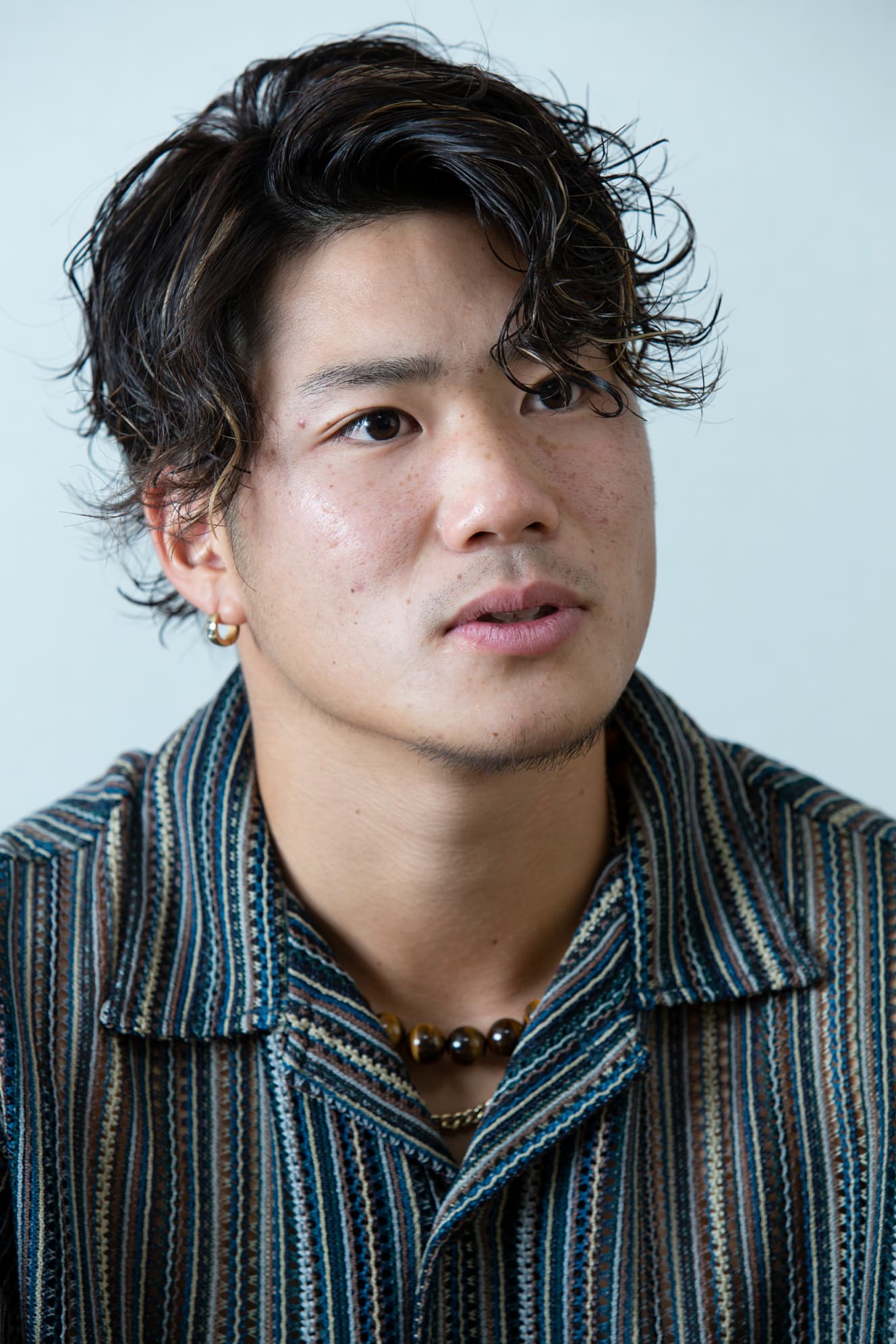Riku Nishida, the fifth Japanese player in history to be drafted to the Major Leagues after studying abroad “Miraculous Reversal
After quitting baseball to become a manager, he was selected in the 11th round by the White Sox.

I’m sorry, I left my suit in the U.S. and I only had shoes that were too flashy, so I came here in …… snow shoes (laughs).
The 168cm tall young man beamed. On his tanned neck shines a tiger’s eye necklace that he says he made himself.
His name is Rikuu Nishida, 22, an infielder from the University of Oregon who was selected by the Chicago White Sox in the 11th round of the MLB Draft held on July 12. He is the fifth Japanese player to be selected in the MLB Draft in the past 10 years, since Gosuke Kato (New York Yankees → Nippon Ham).
I had been contacted by about 18 teams, so I thought I might get picked somewhere (……), but I was relieved. My father was also very happy. I got so many congratulatory e-mails and social networking notifications that my phone stopped working.
At Tohoku High School, which he decided to enter from Osaka because it was Darvish’s old school, he was a major player from the fall of his freshman year. As the vice captain, he was well-liked by his teammates.
There were 50 students in a grade, so there were times when the team seemed to split up. When we lost in the final of the prefectural qualifying tournament in the summer of my junior year, a classmate off the bench said, ‘Thank you,’ and I cried.
In the semifinals of the same tournament, he hit a home run.
I aimed for a curveball, but the wind carried it away (laughs). (Laughs.) I had declared a conservative weight of 68 kg, but in reality I weighed 58 kg. I was extremely thin. I couldn’t imagine being a pro with a body like that.
His dream since childhood was to become a “manager” like his father, who runs a company that installs siding. He had planned to quit baseball after high school. It was in the winter of his sophomore year in high school that the option of studying in the U.S. came to mind. The words of a fellow student caught my ear.
Yasuto Ito (now with the Musashi Heat Bears), who was one of my classmates at Tohoku High School and a standout player, was talking about going to the United States to play minor league baseball, and I thought that sounded really cool. That’s when I started thinking about playing baseball in America. I talked to my father about it, and he said, “Even if it’s a weak university, join a baseball team and try it for two years. Before the summer tournament, I applied for selection to play for an American college baseball team sponsored by a sports study abroad support company called “Athlete Brand.
Nishida went on to Mount Hood Community College (Oregon) through a selection process.
He said, “There was very little practice for the whole team. I had to do it on my own, and I didn’t miss a day of 1,000 swings a day, every day, even when it snowed. I also studied hard in English to get the grades I needed to go to a strong school.”
From his first year, he was a dynamic player. His batting average was .415 (3rd in the league) and he stole 33 bases (1st in the league). The following year, he continued to perform at a high level and transferred to the University of Oregon, a prestigious university that has produced many major leaguers. His 67 runs scored and 25 stolen bases were season records at the University of Oregon. What made him shine in a foreign country was his unconventional and unique style of play.
He said, “Ever since I was in high school, I always hit the ball differently each time. There are roughly three patterns to how I hit a difficult ball: I narrow it down to a course, a type of ball, or a direction. For example, when I decide on a course, I go for all types of pitches, whether they are straight or breaking pitches. For the type of pitch, I swing at the ball when it comes, no matter what course it is on. If it is the direction of the ball, if I decide to pull it, I will go for it no matter what the pitch is. That’s why it looks like a weird way to hit.”
Nishida’s routine is to crouch down once he enters the batter’s box. During this time, he sorts out the characteristics of the opposing pitcher, pitch distribution data, game conditions, results of the previous batter, and his physical condition, and decides which pattern he will use to challenge the opposing pitcher.
We can’t wait to see Nishida in action, but there is one thing he is working on one step ahead of us.
Of course I will play baseball properly, but I plan to use my experience to create a company this year that will operate a baseball study abroad program in the United States. It is too late for me to play baseball after I retire, and I think that if baseball, which used to be my hobby, becomes my job, I will lose my relaxation and start to play. But if I run a company, I won’t have time to play.
With his baseball brain in full operation, Nishida, a “unique two-faced player,” is creating a new path.




From the August 11, 2023 issue of FRIDAY
PHOTO: Shinji Hamasaki